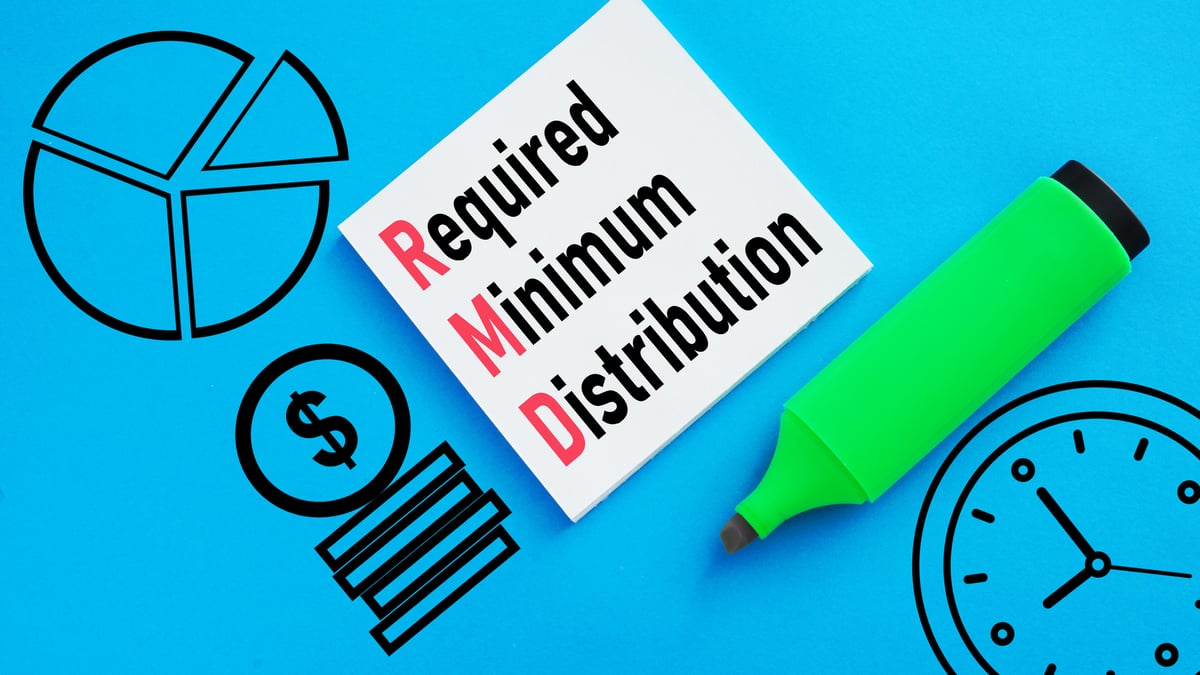Social Security makes up a huge part of the income that most retirees get, and a key component of financial planning for those approaching retirement is making sure that they can receive as much in Social Security benefits as possible. Yet there's been a lot of talk about the financial difficulties that the Social Security program has gone through lately, and some have discussed making cuts to ensure that retirees and others can keep getting benefits indefinitely into the future.
However, one thing that comes as a big surprise to many is that we're still working our way through the solutions that lawmakers agreed to when Social Security went through its most recent financial crisis. Even though that happened back in the early 1980s, recipients are still feeling the repercussions today -- and that's led to some small reductions in benefits for those reaching early retirement age over the past few years.
A short history of Social Security's last set of financial challenges
Most people understand the basics of why Social Security is facing difficulties. There are now more retirees than ever, and fewer workers to support each of those retirees through Social Security payroll taxes. That's putting a squeeze on the program's finances.

Image source: Getty Images.
However, this isn't the first time Social Security has faced that challenge. More than 35 years ago, lawmakers realized that the pay-as-you-go system of funding the program was doomed to failure. Instead, lawmakers put in a set of big changes to the program, including higher payroll tax rates, savings into Social Security's trust funds, and a phased-in increase of the full retirement age from 65 to 67.
Those solutions aren't all that different from what today's lawmakers have looked to impose. At the time of these early 1980s proposals, though, nobody wanted to penalize those in or near retirement. Therefore, they agreed that the full retirement age would stay at 65 for more than a decade. Starting for those turning 62 in the year 2000, full retirement ages would rise from 65 to 66, moving higher in two-month increments each year. Then, a 12-year pause would keep the full retirement age at 66, until another phase of two-month annual increases took effect for those turning 62 in 2017.
For those turning 62 in 2020, the full retirement age will be 66 2/3. That's up from 66 1/2 for those who turned 62 in 2019.
The cost of a two-month increase
Two months might not sound like all that much, and for any individual benefit, it won't make a huge difference. But it will be noticeable.
For instance, for workers who claim right at 62, the impact of the increase will be that they'll be forced to claim 56 months early rather than 54. According to the formula governing reductions for claiming early, this will result in a further reduction of five-sixths of a percentage point. Now, early claimers will get 71 2/3% rather than 72 1/2% of their full retirement benefit amount.
That works out to a difference of $12.50 per month for someone who'd be entitled to a $1,500 monthly benefit at full retirement age based on their work history. Again, it's not a huge amount, but losing $150 per year can add up to being a big deal.
It doesn't pay more to wait
Moreover, waiting until full retirement age doesn't really solve the problem. When the full retirement age was 66 1/2, workers retiring at 66 2/3 would have gotten delayed retirement credits that would've added 1 1/3% to their monthly benefit. That would've been an extra $20 a month -- but 2020's 62-year-olds won't get that because of the increased retirement age.
This won't be the last time that new retirees face these reductions in their benefits. There are two more cohorts of changes planned after 2020, taking effect for 62-year-olds in 2021 and 2022. If you're in these age groups, then it's vital to understand that the benefits you're slated to receive will reflect reductions that have been in the works since the 1980s. Failing to take them into account could leave you wondering why you're not getting as much from Social Security as you initially expected.





